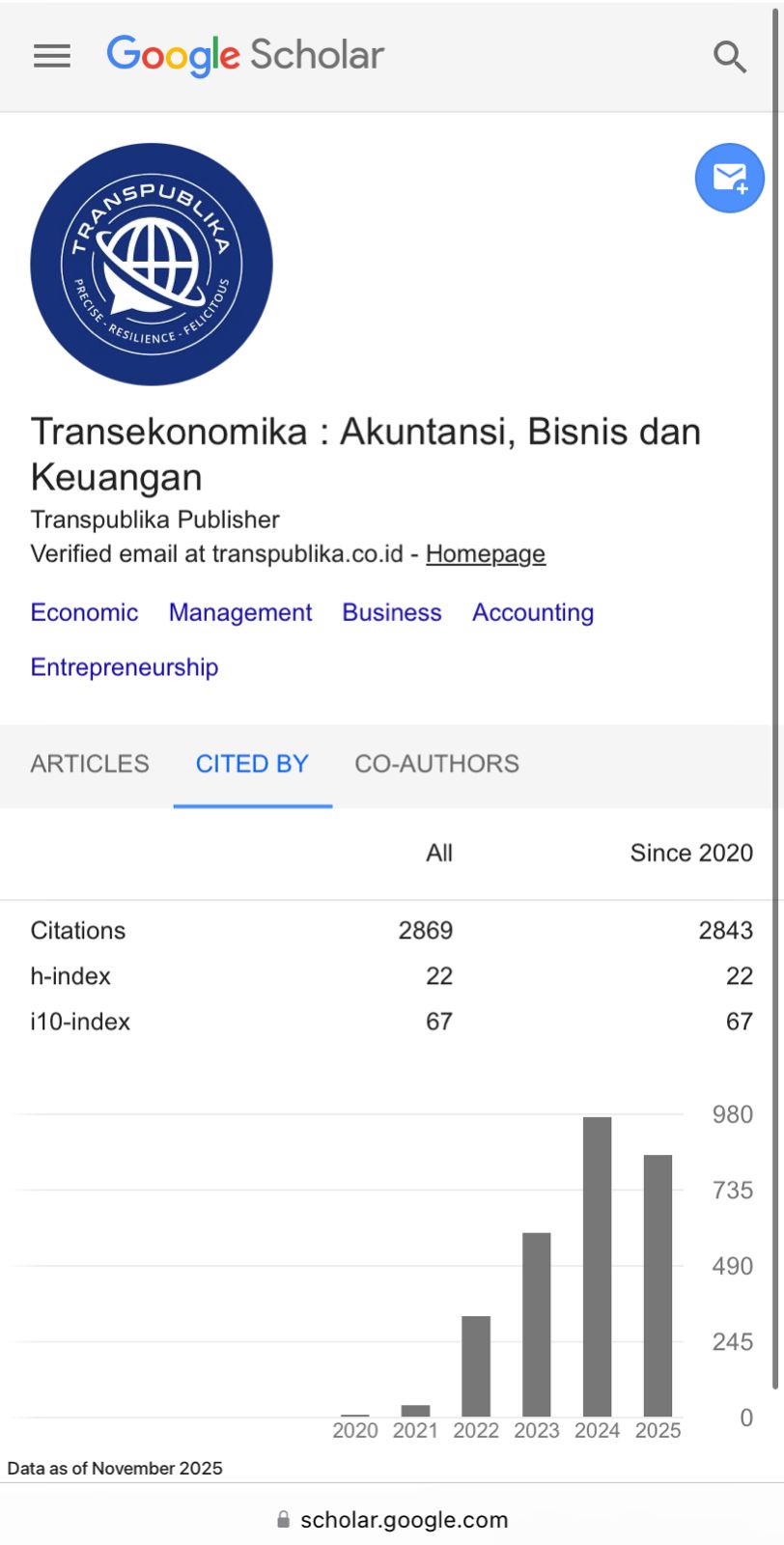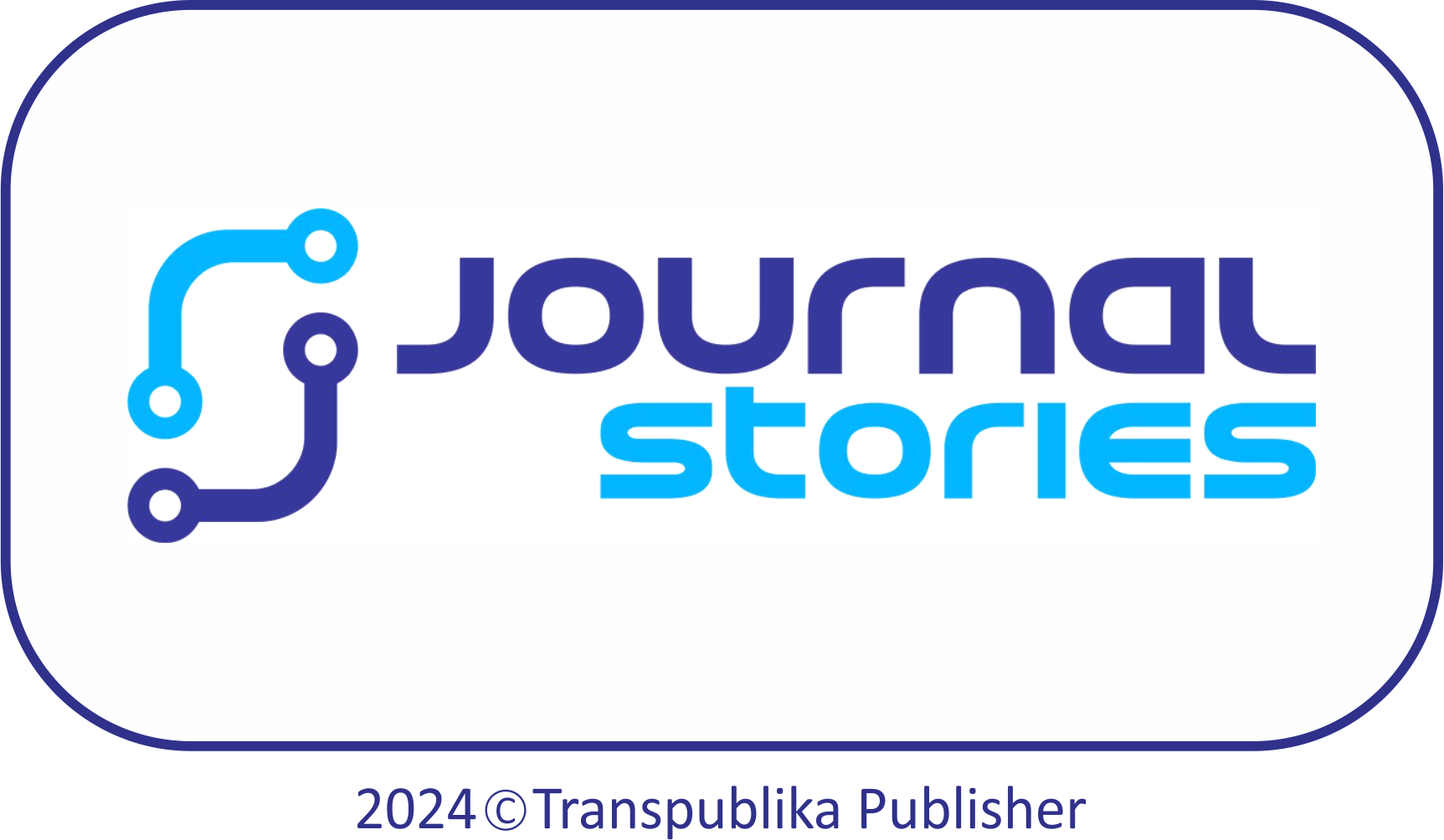PENGARUH PENERAPAN MODEL AKUNTANSI SEKTOR PUBLIK DAN SISTEM PENGENDALIAN INTERNAL TERHADAP UPAYA PENCEGAHAN FRAUD
Abstract
A system of accountants known as public sector accounting is utilized by public sector organizations. Threats to the administration of a public accounting might arise from the management structure that a business or organization has created for managing its enterprise. The threat of fraud is one of these. This review was conducted to determine the effect of the application of the public sector accounting model and internal control on fraud prevention efforts. This study uses a qualitative method with the use of previous research data. The results of the research in the form of analysis show that the application of the public sector accounting model has a positive effect on fraud prevention efforts. The results of the second analysis show a positive influence between internal control on fraud prevention efforts.
Downloads
References
Antarwiyati, P., & Purnomo, R. E. (2017). Motivasi melakukan fraud dan faktor-faktor yang mempengaruhinya. Jurnal Akuntansi Dan Auditing Indonesia, 21(2), 157–166.
Bassey, E. B. (2018). Effect of forensic accounting on the management of fraud in microfinance institutions in Cross River State. Journal of Economics and Finance, 9(4), 78–79.
Bastian, I. (2015). Lingkup Akuntansi Sektor Publik. In In Akuntansi Sektor Publik. Erlangga.
Bungin, B. (2017). Metodologi Penelitian Kuantitatif. PT. Fajar Interpretama Mandiri.
Donning, H., Eriksson, M., Martikainen, M., & Lehner, O. M. (2019). Prevention and Detection for Risk and Fraud in the Digital Age–the Current Situation. ACRN Oxford Journal of Finance and Risk Perspectives, 8, 86–97.
Free, C. (2015). Looking through the fraud triangle: A review and call for new directions. Meditari Accountancy Research.
Halim, A. (2014). Manajemen keuangan sektor publik. Jakarta: Salemba Empat.
Maliawan, I. B. D., Edy Sujana, S. E., Diatmika, I. P. G., AK, S. E., & Si, M. (2017). Pengaruh Audit Internal Dan Efektivitas Pengendalian Intern Terhadap Pencegahan Kecurangan (Fraud)(Studi Empiris Pada Bank Mandiri Kantor Cabang Area Denpasar). JIMAT (Jurnal Ilmiah Mahasiswa Akuntansi) Undiksha, 8(2).
Norbarani, L., & Rahardjo, S. N. (2012). Pendeteksian kecurangan laporan Keuangan dengan analisis fraud Triangle yang diadopsi dalam sas no. 99. Fakultas Ekonomika dan Bisnis.
Omar, M., Nawawi, A., & Salin, A. S. A. P. (2016). The causes, impact and prevention of employee fraud: A case study of an automotive company. Journal of Financial Crime.
Ruankaew, T. (2016). Beyond the fraud diamond. International Journal of Business Management and Economic Research (IJBMER), 7(1), 474–476.
Said, J., Alam, M. M., Karim, Z. A., & Johari, R. J. (2018). Integrating religiosity into fraud triangle theory: findings on Malaysian police officers. Journal of Criminological Research, Policy and Practice.
Sihombing, E., Erlina, R., & Muda, I. (2019). The effect of forensic accounting, training, experience, work load and professional skeptic on auditors ability to detect of fraud. International Journal of Scientific and Technology Research, 8(8), 474–480.
Sujeewa, G. M. M., Yajid, M. S. A., Azam, S. M. F., & Dharmaratne, I. (2018). The new fraud triangle Theory-Integrating ethical values of employees. International Journal of Business, Economics and Law, 16(5), 52–57.
Sukmadinata, N. S. (2011). Metode Penelitian Pendidikan. Remaja Rosdakarya.
Tuanakotta, T. M. (2013). Audit berbasis ISA (international standards on auditing). Jakarta: Salemba Empat, 55.
Yulianty, T., & Suraida, I. (2018). Pengaruh Audit Internal Dan Implementasi Pengendalian Internal Terhadap Pencegahan Kecurangan (Fraud)(Studi Kasus pada PT. Bank Rakyat Indonesia (PERSERO) Tbk. Kantor Wilayah Bandung). Fakultas Ekonomi dan Bisnis Unpas Bandung.
Copyright (c) 2022 Arimbi Fauziyah, Supanji Setyawan

This work is licensed under a Creative Commons Attribution 4.0 International License.








.png)







.png)


.png)

.png)















